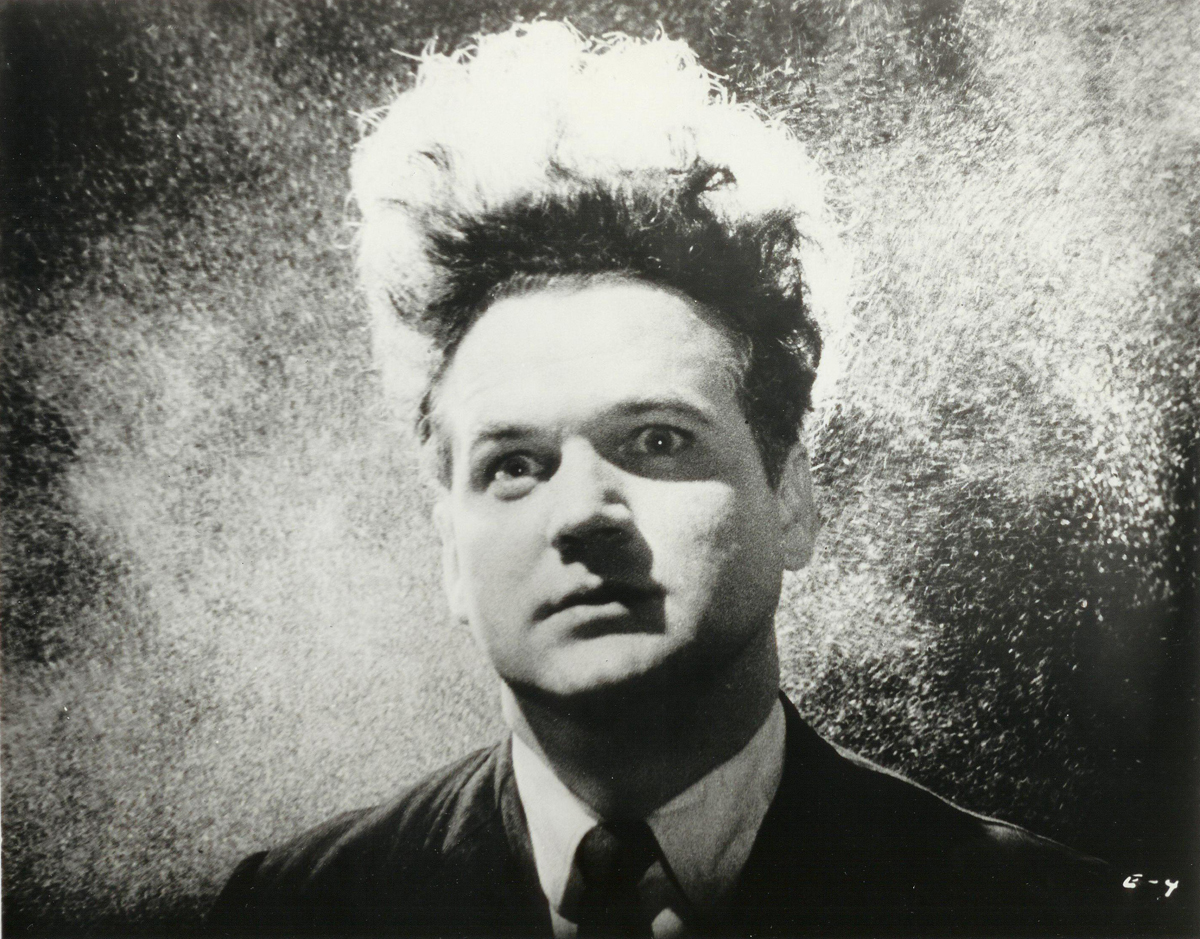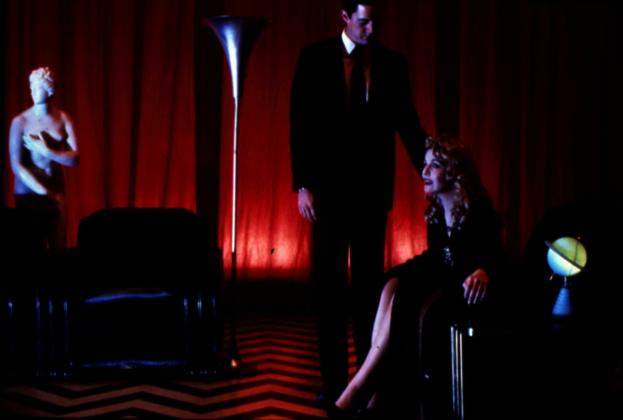Reading Dennis Lim’s excellent little book, David Lynch: The Man from Another Place, I began to notice how much I cite Lynch’s films in the ordinary run of internal life. Last week it was an electrical box droning in the midst an otherwise serene day; a week earlier it was two couples sitting knee-to-knee on a covered patio swing in suburban New Hampshire.

It turns out there is a whole category of experience that is somehow clarified, or at least rendered more vivid, by being approached as if it is happening in a David Lynch movie. Lim frequently returns to the idea of Lynch’s films as environments or worlds for the viewer to inhabit and linger, but it’s deliciously unobvious whether we are absorbing the films or they us.
Every bit the primer, David Lynch: The Man from Another Place serves as both an introduction to Lynch’s work and an inducement to return to the fold. Bay Area audiences can do just that when the critic visits the UC Berkeley Art Museum and Pacific Film Archive (BAMPFA) for a marathon weekend of screenings spanning the full sweep of Lynch’s career.
Lim’s book briskly recounts the production history of all this work, as well as charting Lynch’s constellation of collaborators (a deep bow for sound designer Alan Splet), influences (how’s Ronald Reagan, Francis Bacon, and the Maharishi for an unlikely trio?), and affectations (buttoned up, fiending for sugar). As for the psychological tie between life and work, how much more needs to be said once you know that a young Lynch himself slept in Eraserhead’s (1976) bedroom set?

Lim peppers his descriptions of the films themselves with epigrammatic insights: “Sincerity can rip open a Lynch film as decisively as dread;” “All of [Lynch’s bad guys] wield knowledge they shouldn’t have as an instrument of fear;” “The very presence of mystery suggests realms of possibility, a transformative way of looking at the world.” Intelligent, honed criticism of this kind is always refreshing, but especially so when applied to this particular subject.




